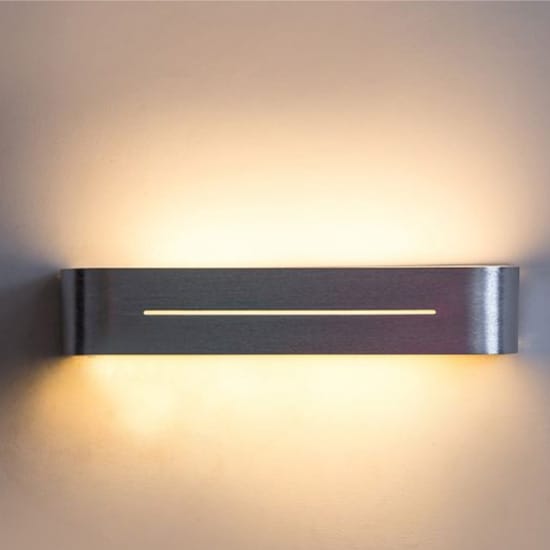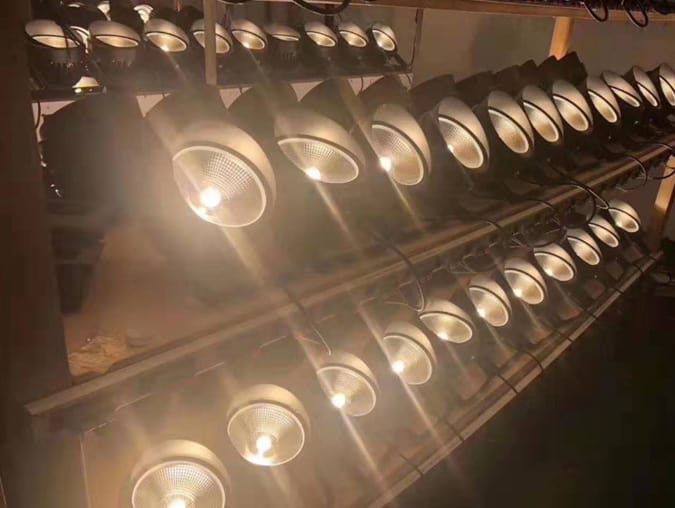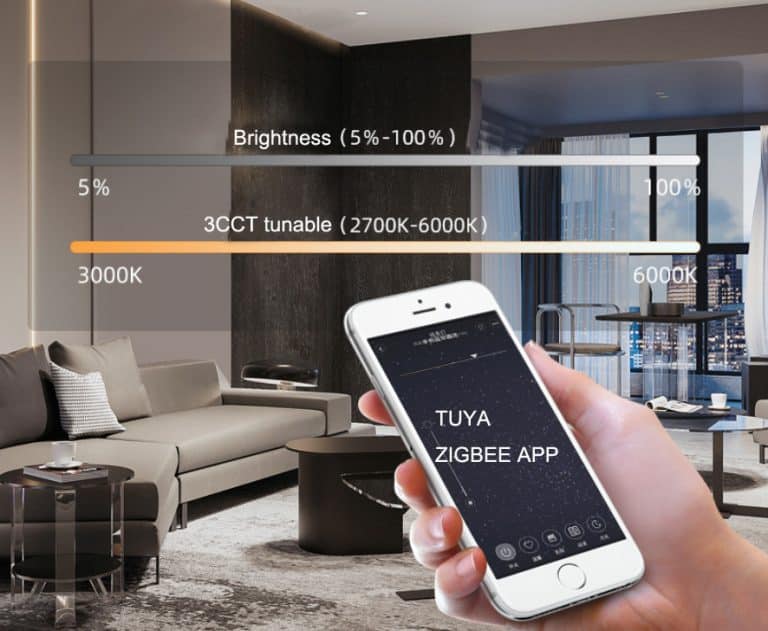The light has gone through the development process from incandescent lamps, and fluorescent lamps to LEDs. LED lights have advantages such as low energy consumption, high brightness, no mercury or toxicity, long lifespan, instant start, and strong flexibility. They are the best lighting solution for the replacement of traditional lights and become the most popular lighting fixtures in 2024. Want to know LED lights , we should start with their main composition (LED chip, LED driver, and housing)
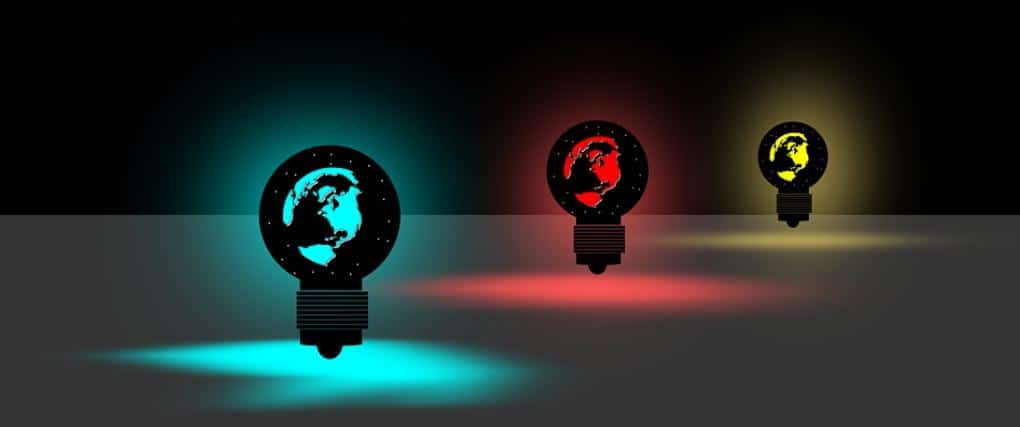
What is LED and their composition
“LED” stands for “Light Emitting Diode,” which is a semiconductor light-emitting material. When a forward voltage is applied to both ends, carriers in the semiconductor undergo recombination, causing the emission of photons and generating light. LEDs can directly emit light in red, yellow, blue, green, cyan, orange, purple, and white colors.
SMD led and COB led chips are the currently most popular light source. If you want to know more about their difference, please refer to this blog: What are the differences between COB and SMD LED Chips?

- LED light source is composed of a bracket, chip, glue, phosphor, and wires.
- The LED bracket is generally made of copper ( iron, aluminum, and ceramics are also used). Copper, known for its excellent conductivity, contains lead wires to connect the electrodes inside the LED chips.
- High-end light sources use wires made of 99.9% pure gold, with diameters often ranging from 0.8mil to 1.0mil. Some cost-focused manufacturers use copper-alloy wires.
- Phosphor plays a role in adjusting the color temperature of the light source.
- 5. High-end led chip brands: American CREE, Bridgelux; Japanese Nichia, German Osram; Taiwan Epistar.
- 6. Mid-to-low-end chip brands include Guangjia, Taigu, Epileds, New Century, Yiguang, Baihong, and Guanglei; Mainland China: Mulinsen, Xiamen Sanan, Shanghai Languang, Shilanmingxin, Dalian Lumei…
After the LED diodes are encapsulated and formed, they can be removed from the bracket. The copper feet at both ends of the LED beads become the positive and negative poles, used for soldering onto LED lamps or other LED products.
The commonly used LED SMD in the market include 2835, 3030,5050, 5730, 5630, 4040, 7030, and integrated COB (Chip-on-Board). The SMD name is based on the dimensions of the surface-mounted device (SMD). Taking the example of the 2835 SMD, the name signifies a width of 2.8 and a length of 3.5 millimeters. This type of light source is commonly used in LED bulbs, spotlights, downlights, ceiling lights, light strips, and light tubes, among others. Each chip typically has a power ranging from 0.1 to 1 watt.
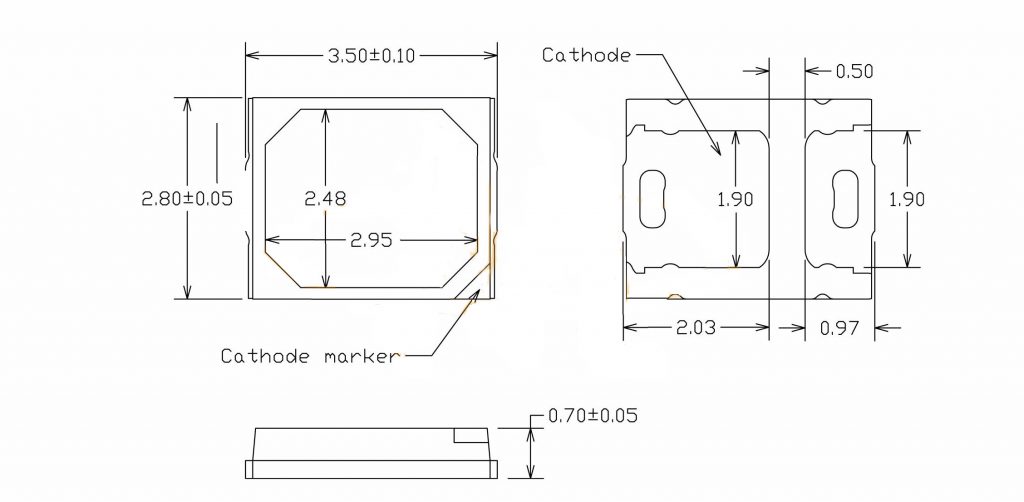
COBs are usually 5-50W each and are often used in high-power lamps such as spotlights, track lights, and floodlights.

LED Driver Brand
LED driver called LED power supply, is a device that adjusts power wattage and current to ensure proper function and longevity of LED lights. Quality drivers include protective features to make LED lights maintain stable voltage and current. Some lights can change color or brightness, all because of the dimming function of LED driver.
To learn more about LED drivers, please read Top 10 best LED driver brands for lighting in China
LED Housing
LED housings come in various styles. When buying, it’s essential to focus on the material and thickness. Common materials include aluminum and plastic.
LED Parameters Frequently Mentioned
- Color Temperature: It is a unit indicating the color components present in light, measured in Kelvins (K). A lower value indicates a warmer, more reddish color, while a higher value indicates a cooler, bluish color. The middle range tends to be white. The typical color temperature range for normal lighting is 3000K to 6500K.
- Luminous Efficacy: It is the ratio of the luminous flux emitted by a light source to the power consumed, known as luminous efficacy, measured in lumens per watt (lm/W). The luminous efficacy of LED chips can reach values between 100 and 150 lm/W.
- Brightness: Defined as the brightness of the light source per unit area, specifically the luminous intensity on a unit projected area. The unit for brightness is candela per square meter (cd/m²). Brightness is the subjective perception of light intensity by humans.
- Illuminance: Refers to the visible light flux received per unit area. The unit is lux (lx). It is used to indicate the strength of light and the level of illumination on a surface area.
- Color Rendering Index (CRI): It is most simply understood as the degree to which colors of objects are accurately reproduced. The higher the Color Rendering Index, the more accurately the colors are reflected. Typically, high-quality LED light sources can achieve a CRI of 85 or above.
- Light Decay: LED light decay refers to the decrease in the luminous intensity of an LED after being illuminated for a certain period. The reduced luminous intensity compared to the initial brightness is considered as the light decay of the LED. According to international conventions, a 30% light decay is often considered a sign of product failure. Many low-quality products may exceed this value within less than half a year. Various factors contribute to light decay, including the quality of the light source itself, the driver, and the heat dissipation capability.
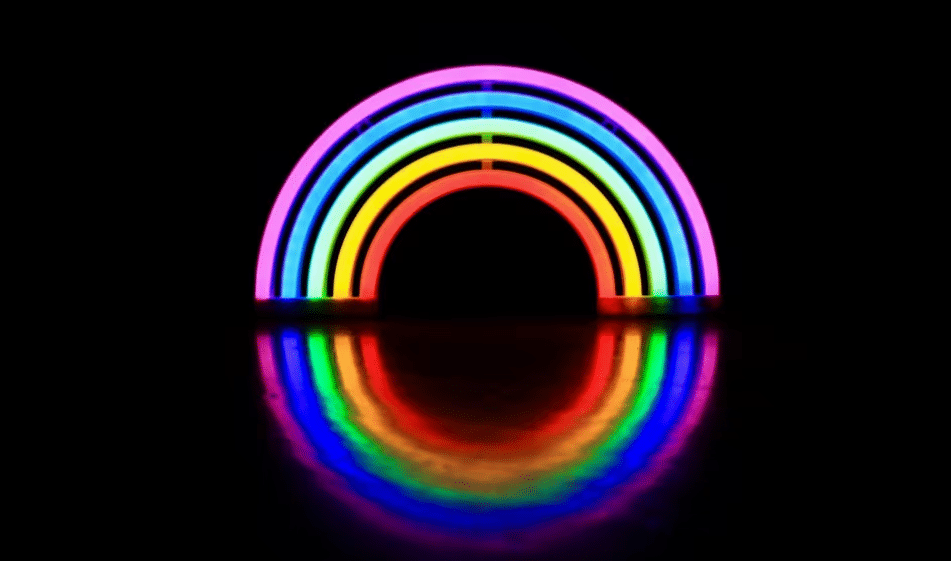
Factors Affecting LED Quality
- The quality of raw materials
- Production process
High-quality LED lights have a theoretical lifespan of 100,000 hours. However, some LED fixtures have a much shorter lifespan, even less than a year. The lifespan of LED fixtures is influenced by various factors, such as the quality of the driver power supply, the compatibility between the driver power supply and the light source, and the assembly process of the fixture.
What are LED Lights Used for?
The application of LEDs is extensive, penetrating into commercial lighting, home illumination, and various aspects of our daily lives. From flashlights, desk lamps, and ceiling lights to indicator lights, industrial and mining lamps, and even automotive headlights and display screens—LEDs can be found in every corner of our lives, making them ubiquitous.
In addition to these basic lighting applications, LEDs play a crucial role in consumer safety, medical aesthetics, plant growth, and sterilization and disinfection.

Hello, customers
My name is Ricky Wang, I’m the business manager of GRNLED. I have been in LED lights industry for more than 10 year. Feel free to contact us. I’m happy to provide you the best service and products.
Email: info@grnled.com | WeChat: ledfixture


